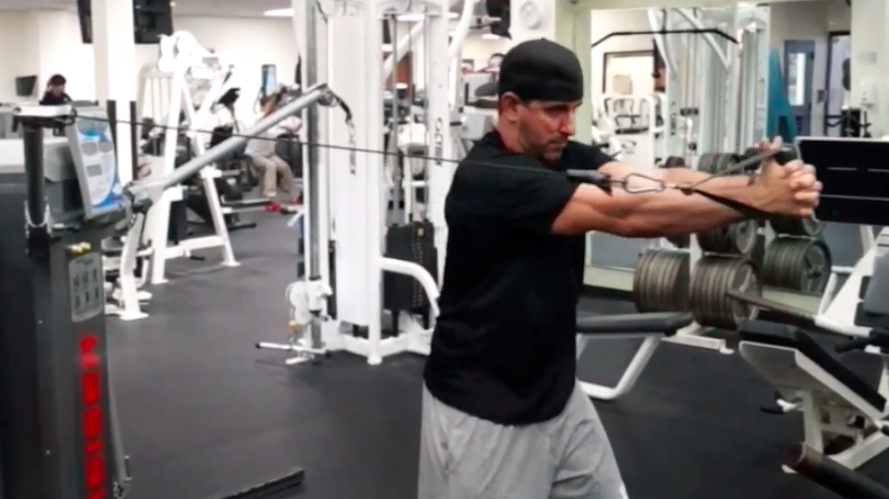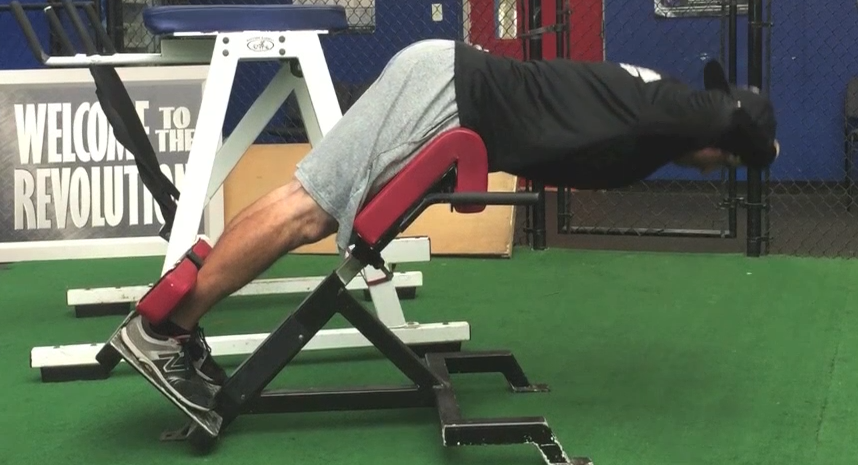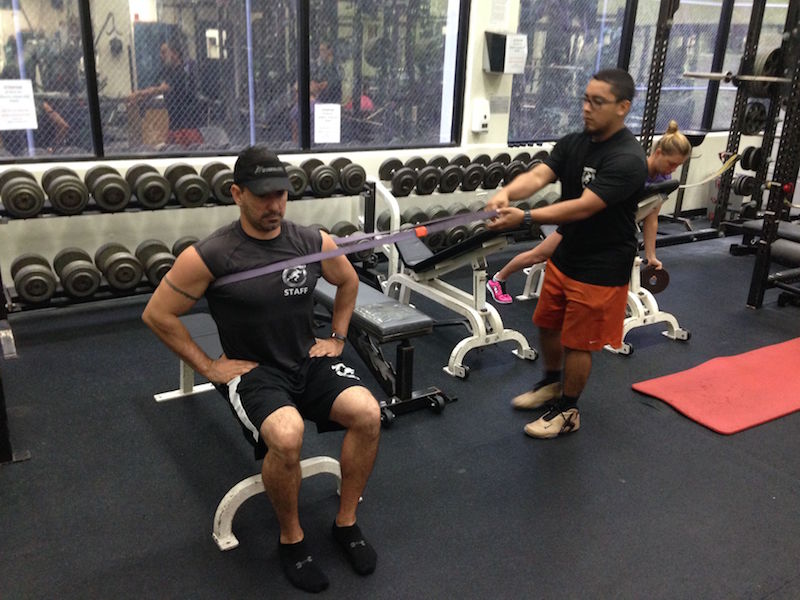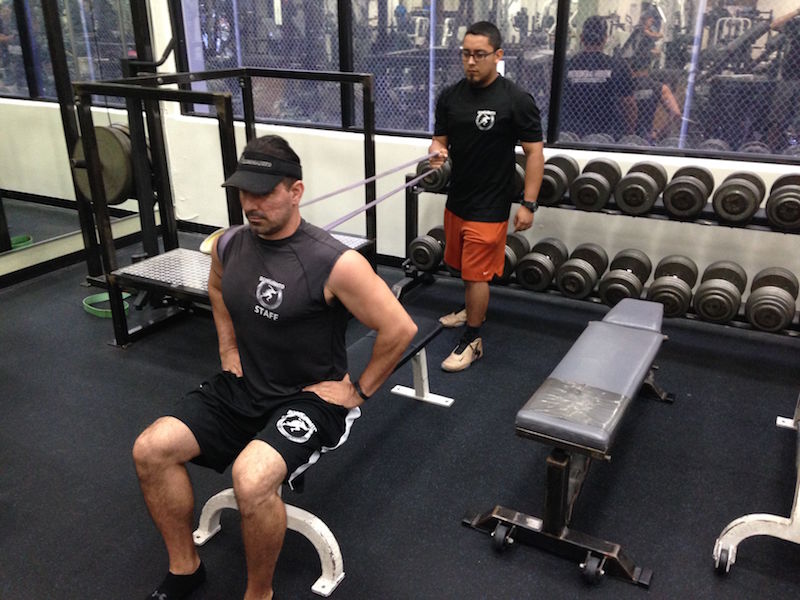One of the most common ailments of people of all ages (athletes or the general
population) is low back pain. It is so common and causes so many issues that there
is an entire specialty (Chiropractic) that is dedicated to this condition. The reasons
is because of the severity of what could happen if low back pain continues without
treatment – pinched nerves, degenerative discs, arthritis, ruptured discs, etc.
Many of the most common treatments are – spinal adjustments, modalities,
increasing flexibility/mobility of the hips, strengthening, etc. Some of these can be
very expensive – in addition to the degree of uncertainty that may arise when trying
to choose a specialist that fits your situation.
In terms of treatment, some of the most basic and effective forms of correcting
dysfunction are ISOMETRIC STRENGTHENING. This goes well above and beyond
traditional strengthening of the trunk/spine (like crunches or planks). This can be a
very systematic approach to providing great stability across the various spinal levels
by ensuring that the muscles that attach to these levels are contracting properly.
In the pictures below, 4 key exercises will be demonstrated that strengthen the
muscles that are involved in the 4 key motions of the spine: FLEXION, EXTENSION,
LATERAL FLEXION, and ROTATION.
Usually low back pain and the onset of any type of condition in the trunk/spine
arises because the spine is inefficient at contracting muscles that are involved in one
or more of these motions. If one side is inefficient, the spine becomes unstable at
that level and many problems could arise. To combat this, it’s always a good idea to
train the motions from an isometric standpoint in every motion:
FLEXION
LATERAL FLEXION
ROTATION
Sets/Time: Depending on the severity of your pain and your fitness level – can be
2-5 sets of 15 to 60 second holds
Advanced: There are dozens of variation of these isometrics – standing, kneeling,
split stance, squat stance, performing these band exercises while lifting, etc.
Also, different band tension and/or different force angles (how high or low your
partner/trainer puts the band) will dictate the emphasis being placed on various
muscles.
The great thing about these exercises is that they can be done with bands – which
are inexpensive and don’t take up space. And, they can be done from anywhere,
even at home. To be very specific about the cause of your low back pain – getting
evaluated by a specialist can dictate which variations of these exercises should
be assigned along with a progressive plan that can really aid in the reduction of
common low back ailments – with a plan for the future to keep from reoccurring.







